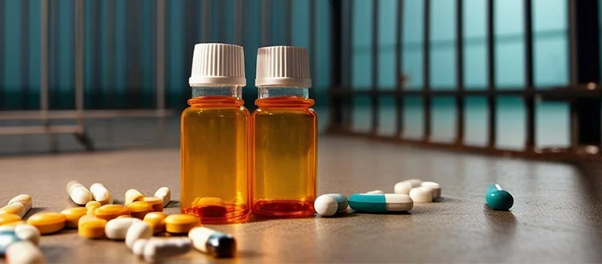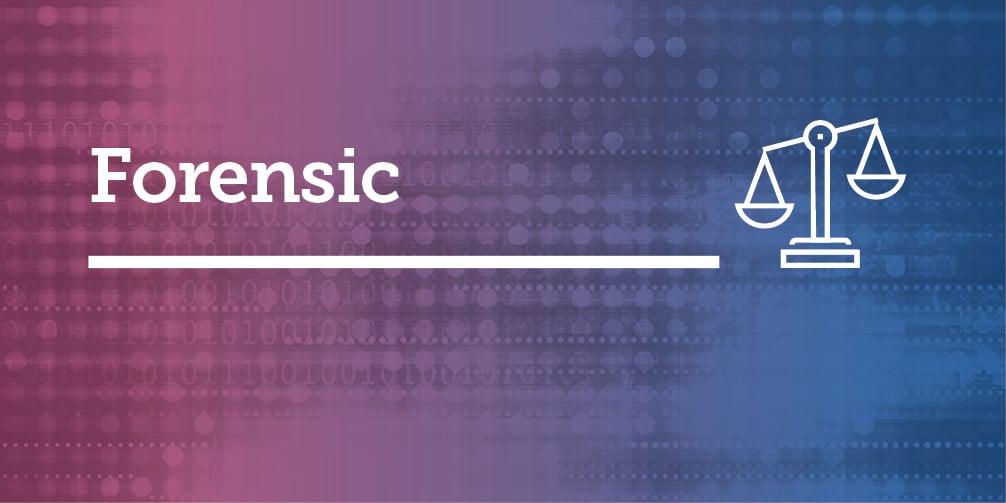- The Reality of Drugs in Jail and Prisons
- Why Addiction Treatment Is Crucial in Jails and Prisons
- Current State of Drug Treatment in Jail
- Challenges to Implementing Prison Addiction Treatment
- The Way Forward: Improving Drug Treatment in Jails and Prisons
- Conclusion: Transforming Lives Through Addiction Treatment
- Additional Resources
The Reality of Drugs in Jail and Prisons
Contrary to popular belief, jails, and prisons are not insulated from the issue of drug abuse. Drugs frequently enter correctional facilities through various means such as visitors, staff corruption, or innovative smuggling methods. Once inside, these substances fuel cycles of addiction and violence, complicating the rehabilitation process for incarcerated individuals. This underscores the urgent need for effective strategies that address not only the prevention of smuggling but also the underlying addiction issues that drive the demand for drugs.
Recent studies have highlighted the severity of this problem, showing that the rate of substance use disorders within jails and prisons significantly surpasses that found in the general population. Despite the widespread criticism of initiatives like the War on Drugs, societal responses often continue to treat substance use and related criminal activities as individual moral failings rather than public health concerns. For example, in 2019, approximately 41% of those arrested and nearly half of those in state prisons were identified as having substance use disorders, a rate much higher than the 8% prevalence observed in the general U.S. population. This stark disparity emphasizes the need for a shift in how these issues are approached within correctional systems.
Why Addiction Treatment Is Crucial in Jails and Prisons
Treatment options for substance use disorders, especially opioid-related issues, are critically insufficient within correctional settings. Less than two-thirds of jails conduct initial screenings for opioid use among incoming detainees, and an even smaller number offer the necessary medications or counseling. Prisons do provide some substance dependency programs; however, these programs typically lack clinical depth, relying more on peer support or self-help strategies. For instance, while the majority of facilities offer some drug counseling, only a small fraction implement Medication-Assisted Treatment (MAT), and fewer still provide comprehensive clinical treatment.
Additionally, correctional facilities often employ one-size-fits-all approaches that do not meet the varied needs of their diverse populations. Notably, women in prison are frequently required to participate in programs initially designed for men, which do not adequately address their specific needs or the lower availability of suitable programs.
The link between drug use and criminal behavior is significant, as many incarcerated individuals have a history of substance use disorders. Without effective treatment interventions, these individuals remain at high risk for relapsing into substance use and potentially re-entering the criminal justice system. Effective addiction treatment in prisons and jails is essential for several reasons:
- Breaking the Cycle of Recidivism: By addressing the root causes of criminal behavior related to substance use, treatment programs can significantly decrease the likelihood of re-offense after release.
- Promoting Mental and Physical Health: Since addiction frequently coexists with mental health issues, comprehensive treatment programs are crucial. They not only help improve mental health but also reduce the physical damage caused by substance abuse.
- Enhancing Public Safety: Proper treatment significantly improves incarcerated individuals' chances of successful reintegration into society, thereby enhancing overall community safety.
Current State of Drug Treatment in Jail
The current state of drug treatment in correctional facilities reveals significant challenges and disparities. Punitive measures like mail scanning and strict visitation restrictions aimed at curbing drug use have not only proven ineffective but have also been counterproductive. For example, in states such as Pennsylvania, Missouri, Virginia, and New Mexico, the introduction of mail scanning policies did not result in significant decreases in drug-related incidents; instead, drug use and overdose rates have sometimes increased. Furthermore, visitation policies that impose strict controls on visitors—requiring specific attire and limiting personal items—have similarly failed to reduce drug contraband effectively. Such approaches do not address the root causes of drug use within prisons and contribute to the emotional and psychological strain on inmates, which can undermine rehabilitation efforts and perpetuate the cycle of recidivism.
Despite these setbacks, some jails and prisons have implemented drug treatment programs, though access and quality vary widely across facilities. The most common addiction treatment approaches in correctional settings include:
- Medication-Assisted Treatment (MAT): MAT combines FDA-approved medications, such as methadone or buprenorphine, with behavioral therapies to effectively address opioid addiction. Despite its proven success, MAT remains underutilized in many facilities.
- Cognitive Behavioral Therapy (CBT): CBT assists individuals in recognizing and changing harmful patterns of thought and behavior associated with drug use.
- Support Groups: Peer-led programs, such as Narcotics Anonymous, provide a supportive community that fosters recovery among incarcerated individuals.
- Detox Services: Providing medical supervision during withdrawal is crucial for ensuring safety and effectively setting the stage for further treatment.
Challenges to Implementing Prison Addiction Treatment
Implementing addiction treatment programs within correctional settings presents numerous challenges despite the clear benefits these programs offer. A major hurdle is the lack of sufficient funding and staffing in many prisons and jails, which severely limits their ability to provide comprehensive addiction treatment services. This resource scarcity means that even well-intentioned programs can fall short of their potential, leaving many inmates without the necessary support.
Compounding these difficulties is the pervasive stigma attached to addiction. Often viewed as a moral failing rather than a treatable medical condition, this stigma prevents the widespread adoption of evidence-based treatments, such as Medication-Assisted Treatment (MAT). This reluctance to embrace modern therapeutic approaches significantly undermines efforts to treat addiction effectively within the penal system.
The situation is particularly challenging for inmates serving short sentences. These individuals typically do not spend enough time in custody to participate in meaningful treatment programs, and thus, they face a heightened risk of relapse upon release. The brief interventions provided are often insufficient to ensure lasting recovery. Additionally, the challenge of ensuring continuity of care after release complicates the situation further. Without a seamless transition to community-based treatment programs, many released individuals struggle to maintain their sobriety, which often leads to a quick return to old habits and, frequently, re-involvement in the legal system.
To effectively address these interconnected challenges, a holistic approach is necessary. This approach would involve increasing resources, reducing stigma, extending the duration of treatment programs, and improving support after release. Such reforms would not only enable successful reintegration of individuals into society but also enhance overall community safety.
The Way Forward: Improving Drug Treatment in Jails and Prisons
To combat the pervasive issue of addiction behind bars, jails, and prisons must prioritize accessible, evidence-based treatments.
Key Strategies Include:
- Expanding MAT Programs: Making MAT widely available can significantly reduce opioid-related deaths and promote recovery.
- Training Staff: Correctional staff should receive training to support addiction treatment efforts and reduce stigma.
- Integrating Treatment with Reentry Programs: Successful reintegration requires connecting individuals with community-based addiction services and support networks.
- Focusing on Prevention: Education and early intervention programs can help reduce the demand for drugs in jail and prisons.
Conclusion: Transforming Lives Through Addiction Treatment
The myriad challenges underscore that the criminal legal system is not well-equipped to serve as a de facto provider of mental health and substance abuse treatment. Effective intervention strategies must focus on reducing the influx of individuals with substance use disorders into the criminal system, implementing evidence-based practices within correctional settings to genuinely reduce overdose risks, and expanding treatment availability both within facilities and upon reentry into the community. These measures are vital for transitioning from a punitive approach to a more humane and effective public health-oriented response.
Prison addiction treatment provides a critical pathway to recovery and hope for individuals struggling with substance use disorders. By addressing the presence of drugs in jails and implementing effective treatment programs, we can significantly improve the lives of incarcerated individuals and, concurrently, create safer, healthier communities. It is time to reframe drug treatment in jails and prisons not as a luxury but as an essential component of criminal justice reform. This shift is fundamental to enhancing the well-being of individuals and the safety of our communities.
























